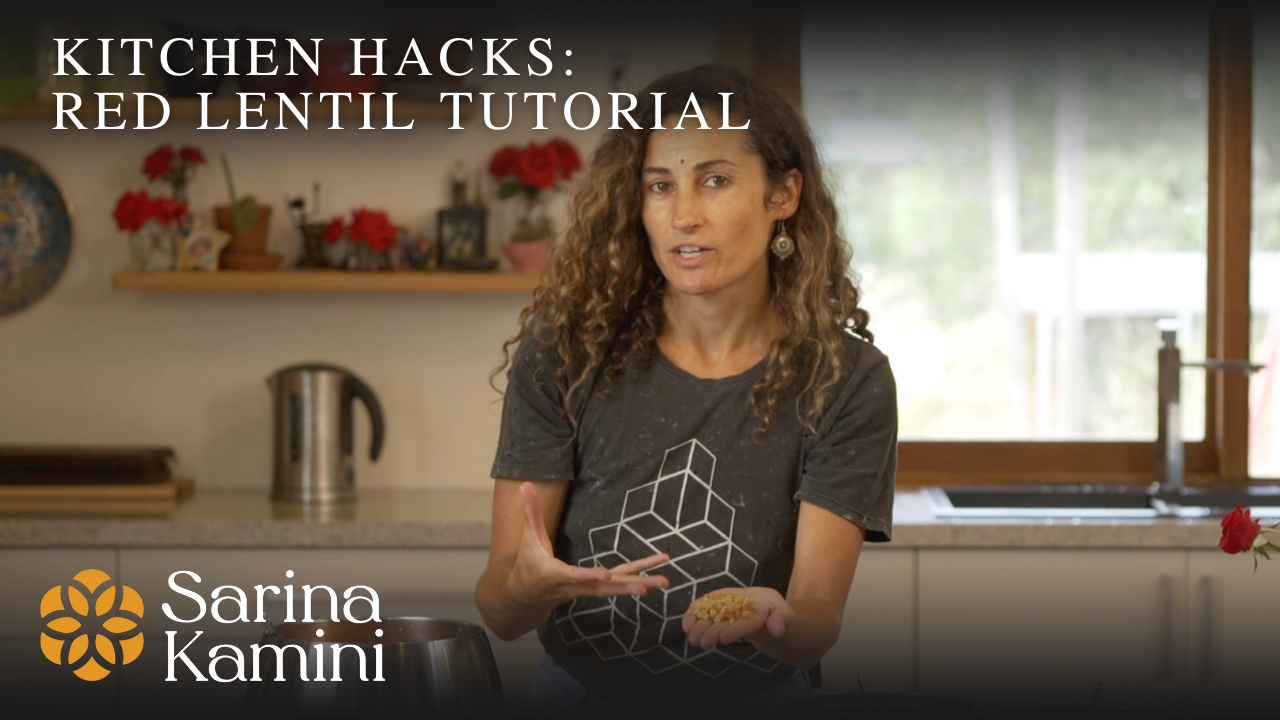RED LENTIL TUTORIAL
RED LENTIL TUTORIAL

Like all traditional dishes, there is always the “grandmother’s tip” that works as the key to unlocking consistency and excellence with what appear to be very simple dishes. And dal is no exception.
The key to a great dal is in knowing how to prepare the lentils for cooking. Every lentil has a slightly different requirement: more or less soaking time, more or less water to cook in, more or less salt to draw forward the spice in what can be a starchy and unpleasantly dense dish when treated without care.
Without exception the most queries that I get concern home cooks who use red lentils to make their dal and are invariably unhappy with the result: too gluey and not tasty.
These few tips below will help guarantee a better end result.
RED LENTIL USAGE TIPS:
Red lentils - particularly when split as these ones are in my video - are very soft and require a shorter soaking time then a split yellow pea or channa dal (split yellow chickpeas). Rinse and soak your lentils in a deep bowl with ample water. Soak for at least 30 minutes but no longer than two hours. Rinse before applying fresh water in which to cook.
Soaking red lentils for the correct amount of time means that this soft lentil type will retain its structure. A lentil with no structure at all - one that has been soaked for too long - will collapse when cooked. Lentils with no structural integrity will not be able to hold and carry flavour. Any spice you have added will collapse with the lentil and fall aromatically flat.
When cooking a softer dal like a split red lentil it can help to incorporate a vegetables with a little structure: carrots or potatoes. The addition of vegetables to the dal will help to break up the dal’s density. A soft dal like a red lentil will loose much more of its form in the cooking process, so the vegetables provide some “shape” for the dish.
Once you’ve soaked your red lentils, try them out with this red lentil dal recipe. A winter meal complete in itself.
